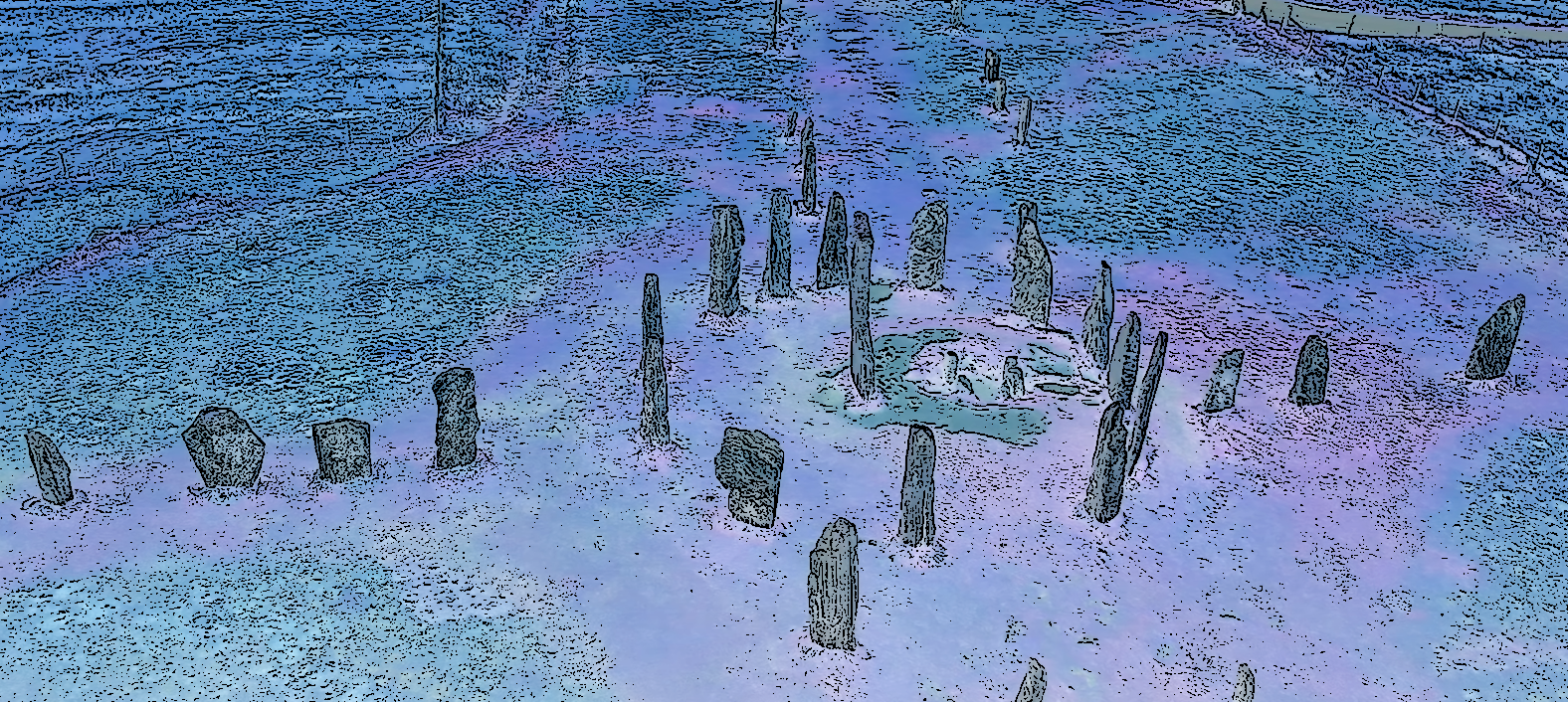When I was about seven, someone read me The Hobbit. That would be around 1975, two years after my father had left. My brother and I lived with our mother and a bunch of university dropouts with long hair and motorcycles who rented rooms in our house. I remember still a Led Zeppelin poster on the wall at the top of the first flight of stairs.

That was a very long time ago. Since then, I grew up, was blown away by the movie trilogy, witnessed an explosion of Tolkien fandom that evaporated as The Hobbit movies appeared, and now turn away from a spate of second-rate visual productions that all miss what J.R.R. Tolkien was actually doing in his stories. Time to return to the books!

I spent many years in Cambridge, where I earned cash in the summer by giving guided punt tours to tourists. This sparked an interest in the shapes and stories of history, and the telling of them. Eventually I wrote a dissertation on Victorian Cambridge, which in turn awakened an interest in the discovery of prehistory. After 1859 the bottom fell out of history, and two generations of respectable scholars filled the void with lurid fantasies of primitive social evolution.
One day, my independent post-doctoral reading having stepped into the Interwar era, I picked up Tolkien’s Finn and Hengest (1982), recognized a return to sobriety armed with pregnant insight, and was hooked. So it was that I turned my back on the ivory towers of East Anglia and embarked on the study of the work of an Oxford Professor.
Thank God, that’s done! and I’ll take the road, quit of my youth and you. The Roman road to Wendover, by Tring and Lilley Hoo. As a free man may do. (Rupert Brooke, ‘The Chilterns’, 1913)
I’m not linking The Hobbit YouTube series made with my children because it is not very good. But the making opened my eyes to the visual dimension of Tolkien’s prose, such as the architecture of a Hobbit-hole (wherein cellars are deeper underground than sitting rooms and yet on the same level), and this has transformed how I read Tolkien.

Also transformative have been attempts at fan-fiction. The Curious Case of Peregrin Boffin borrowed from Tolkien the image of a rock garden to picture scholarship as attempted burglary. More recently, I penned my own tower allegory as a Historical Note appended to A Hobbit’s Guide to Stairs. This allegory of our own times tells of a Folly of the Fourth Age, when the heir of Bag-end cut down the tree on the top of the Hobbiton Hill and built in its place a mock Elvish Tower.
A Hobbit’s Guide to Stairs was the response of the Undertowers Hobbits to the Hobbiton Folly: a resolve to establish once and for all the deal with stairs. The Undertowers Guide was composed as a series of weekly steps (posts) and used as a staircase. With correct usage (close reading), a Hobbit might learn how a flight of steps leads to the top of a tower, and on climbing the staircase turn around, look down, and see the point of stairs.
To date, only the first turn of the great staircase that is the Undertowers Guide has been translated into modern English - a collective undertaking of summer 2023, facilitated by two highly valued yet sadly unforgiving readers on the Lord of the Rings Fanatics Plaza.

The Guide to Stairs was designed to answer a question:
Was some notion of an enchanted staircase present in our author’s mind from the very beginning of composition of The Lord of the Rings?
The conclusions of the Guide are gathered in post 14 of Seeing Stones, ‘The Other Side of the Hill’:
From the start of the new Hobbit story, before Tolkien knew that the magic ring was the One Ring, he knew that the hidden stairs of this new story were not Dwarvish but Elvish, and that Hobbits did not grasp what stairs are about - not even Bingo Bolger-Baggins.

Seeing Stones, a monthly series that appears on the Silmarillion Writers Guild, unveils what The Lord of the Rings is about on the way to a correct reading of a short story about an Anglo-Saxon tower that Tolkien told in 1936, an allegory of the making and reception of the Old English poem Beowulf.